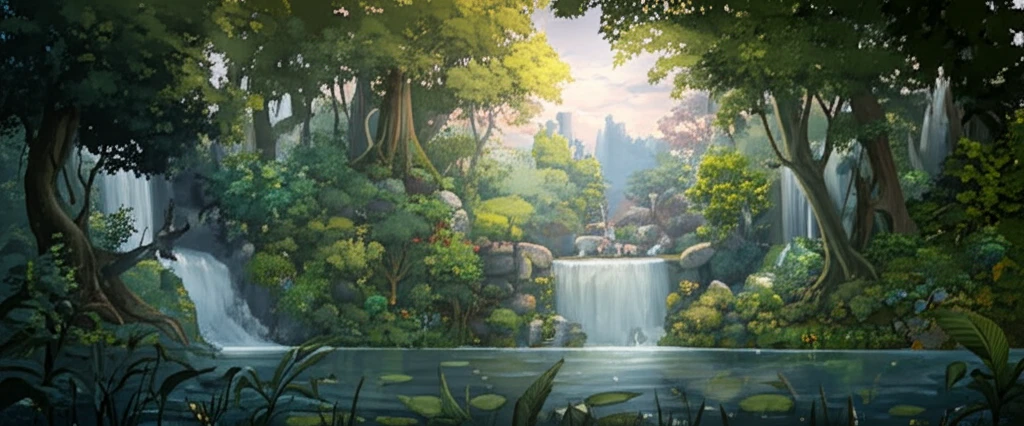
Urban Trees: Can the Right Choice Save Water and Help Cities Thrive?
"Discover how selecting the best tree species can dramatically reduce urban water use and boost the sustainability of our cities."
As cities grow, the importance of urban green spaces becomes ever more critical. Urban trees provide a multitude of benefits, from improving air quality to cooling urban heat islands. However, these benefits come with a cost: water. In many urban environments, water scarcity is a growing concern, making it essential to choose tree species that can thrive with minimal water use.
New research sheds light on how different tree species in urban environments utilize water, revealing significant differences that can inform more sustainable urban planning. By understanding these variations, city planners and landscapers can make informed decisions about which trees to plant, optimizing water conservation efforts while maximizing the ecological and aesthetic benefits of urban forests.
This article delves into a study conducted in Bangkok, Thailand, examining the water use characteristics of common street trees. The findings offer valuable insights into how different species respond to seasonal variations and drought conditions, providing a foundation for strategic urban greening initiatives worldwide.
Why Tree Selection Matters: Unlocking Water-Wise Urban Forestry

The study in Bangkok focused on three commonly planted tree species: Pterocarpus indicus (Pi), Swietenia macrophylla (Sm), and Lagerstroemia speciosa (Ls). These species were selected because they exhibit different leaf phenologies—the timing of their leaf growth and fall—and vary in their prevalence within the city. Researchers investigated how these trees responded to different levels of soil moisture and atmospheric water deficit, providing a comprehensive understanding of their water use behaviors.
- Pterocarpus indicus (Pi): Semi-evergreen species.
- Swietenia macrophylla (Sm): Evergreen species.
- Lagerstroemia speciosa (Ls): Deciduous species.
Greener Cities Ahead: Practical Implications for Urban Planners
By strategically selecting tree species based on their water use characteristics, cities can create more sustainable and resilient urban environments. Planting drought-tolerant species like Pterocarpus indicus and Swietenia macrophylla can reduce the demand for irrigation, conserving precious water resources. While Lagerstroemia speciosa may require more water during dry periods, its ability to conserve water through leaf shedding makes it a suitable choice for regions with distinct wet and dry seasons. Further research and field experiments are essential to validate these findings and tailor planting strategies to specific local conditions.
